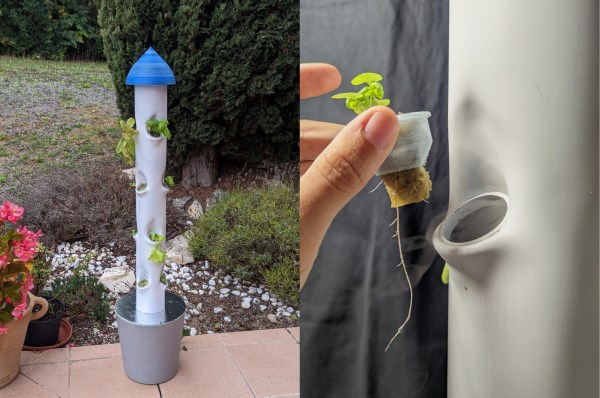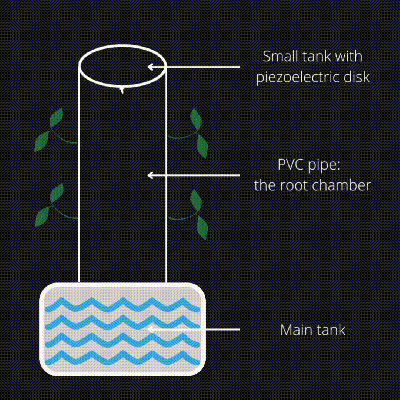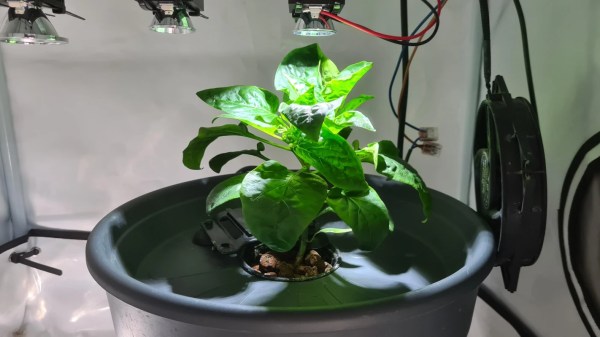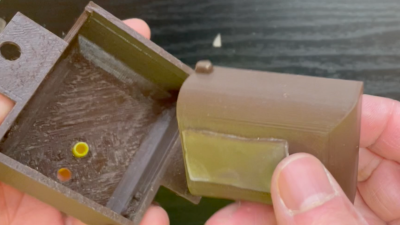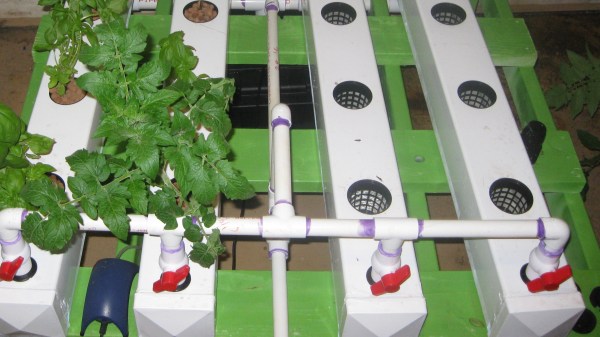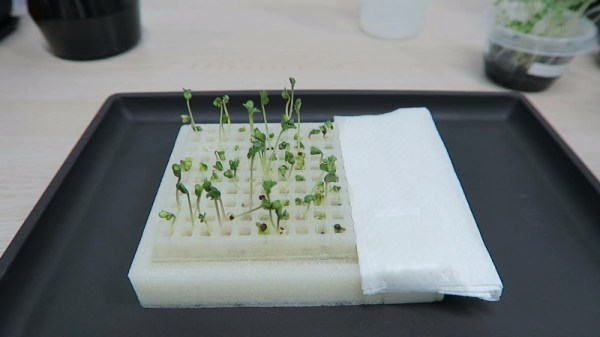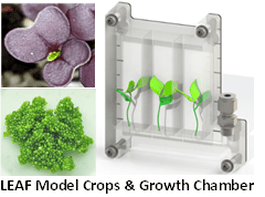
We have seen a recent surge of interest in whether it’s possible to grow potatoes and other plants in Martian soil, but what is the likelihood that a future (manned) lunar base could do something similar? To that end [Space Lab] is developing the LEAF project that will be part of NASA’s upcoming Artemis III lunar mission. This mission would be the first to have Americans return to the Moon by about 2028, using the somewhat convoluted multi-system SLS-Starship-Lunar Gateway trifecta. The LEAF (Lunar Effects on Agricultural Flora) science module will feature three types of plants (rape (Brassica Rapa), duckweed and cress (Arabidopsis thaliana) ) in an isolated atmosphere.
The main goal of this project is to find out how the plants are affected by the lunar gravity, radiation and light levels at the landing site at the south pole. This would be the equivalent of a hydroponics setup in a lunar base. After about a week of lunar surface time the growth chamber will be split up into two: one returning back to Earth for examination and the other remains on the surface to observe their long-term health until they perish from cold or other causes.
This is not the first time that growing plants on the lunar surface has been attempted, with China’s Chang’e 4 mission from 2019. The lander’s Lunar Micro Ecosystem featured a range of seeds as well, which reportedly successfully sprouted, but the project was terminated after 9 days instead of the planned 100 due to issues with heating the biosphere during the brutal -52°C lunar night. Hopefully LEAF can avoid this kind of scenario when it eventually is deployed on the Moon.


